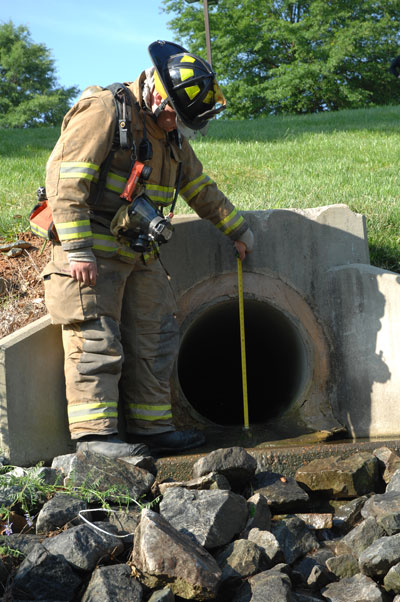FlowStop is appproved under DHS AEL # 03OE-O3-CACS for
purchase under certain FEMA PREPAREDNESS GRANTS.
Definitions of Grants:
LETPA focuses upon the prevention of terrorist attacks and provides law enforcement and public safety communities with funds to support intelligence gathering and information sharing. States are required to ensure that at least 25 percent of their SHSP award funds and at least 25 percent of their UASI award funds are dedicated towards law enforcement terrorism prevention-oriented planning, organization, training, exercise, and equipment activities.
The MMRS program supports the integration of emergency management, health, and medical systems into a coordinated response to mass casualty incidents caused by any hazard.
The intent of OPSG is to enhance cooperation and coordination among local, state and federal law enforcement agencies in a joint mission to secure the United States borders along routes of ingress from international borders to include travel corridors in states bordering Mexico and Canada, as well as states and territories with international water borders.
The purpose of the FY 2010 PSGP is to create a sustainable, risk-based effort to protect critical port infrastructure from terrorism, particularly attacks using explosives and non-conventional threats that could cause major disruption to commerce.
This core assistance program provides funds to build capabilities at the state and local levels and to implement the goals and objectives included in state homeland security strategies and initiatives in their State Preparedness Report.
Department of Homeland Security (DHS) announced the release of application guidance for the Transit Security Grant Program (TSGP). The estimated $253 million—funds for state, local and territorial governments and private sector entities to strengthen the nation’s transportation infrastructure and protect the traveling public from acts of terrorism and other major disasters.
UASI program funds address the unique planning, organization, equipment, training, and exercise needs of high-threat, high-density Urban Areas, and assist them in building an enhanced and sustainable capacity to prevent, protect against, respond to, and recover from acts of terrorism.
|

